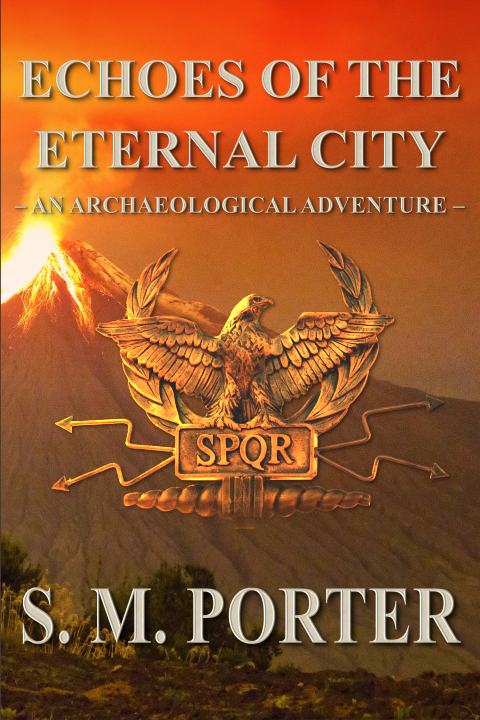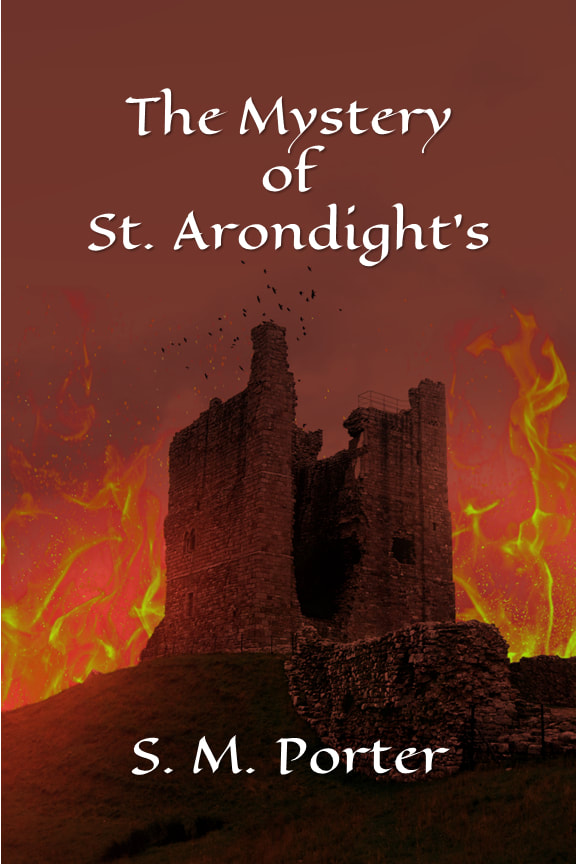|
It is a truth universally acknowledged that there are only two days of the year that are actually good for doing archaeological work. Unfortunately, no one knows which two days they are, but we do know that it’s about 20 degrees, overcast with plenty of cloud, rained well the night before but not during the day, and devoid of wind.
Whilst in the UK this sounds like it should be common, surprisingly it’s not. There is lots of pesky rain, and that comes in several types: mizzle, drizzle, spitting, a bit wet, that fine stuff that soaks you through, raining, proper raining, belting down, can’t see the cabin, and thunderstorm Mach 1, 2 or 3. Of these rain types only 3 really have a chance at stopping work. Belting down calls a temporary halt, as does ‘can’t see the cabin’ and thunderstorm. To call it quits for the day, one of these three has to last more than 2 hours. And that is a rare occurrence (for trial trenching jobs ignore all of the above, rain only stops play if there’s a risk of literally drowning in the trench). And then there’s the waterproof layers: don’t bother with waterproof trousers, working builds up so much sweat inside them that you end up just as wet anyway. But we also like rain, it keeps the dust down and highlights the colour changes in the strategraphic layers. In short it allows us to see what we are doing. During long periods of dry weather, we can often be found on site with a huge water butt and spray hose soaking down features so that we can see the all-important archaeological layers.
After the rain we like to complain about the sun, yep sometimes sun happens in the UK, even hot sticky sweaty 30+degree sun when most staff simply melt into a puddle on the floor and need to be scooped away with a shovel. This happened a couple of times recently. The sun brings heat yes, but that’s not our issue, (well it is, but only because it’s so humid over here that trying to dig a hole in anything over 20 degrees feels like trying to run a marathon on a treadmill in a sauna). Heat aside though, we need photos of features without shadows. Hence the sun is something of a nuisance. This summer has been gloriously warm (too warm) but the cloudless skies have led to the phenomenon of archaeologists standing in large groups waving coats, trying to create a shadow big enough to cover a 5m square area so that we can take a clear photo of our ditch slots. The sun also bakes the ground dry, making it really hard to dig through the first few inches, bleaches all the colour so that small features like pits vanish into the surrounding natural geology, (see thee comment above on why we like the rain), then all our walking and digging creates dust. Dust which the wind picks up, on hot breezy days it’s like being in a desert storm, plus as we’ve stripped all the vegetation off the surface of the ground, the ground acts like a giant mirror reflecting the sun back at us. This means that on site we are working at a higher temperature than the day is recording, and mean’s that it’s a really bad idea to wear shorts. I’ve heard tales of sunburn in unmentionable places from working chalk sites on a sunny day (guys - always wear your underpants!). Plus, snowblindness is a real thing, it’s just baked dirt rather than snow.
What else can we complain about? Wind, well wind is just uncomfortable, a gentle breeze is nice when it’s hot, but full on wind blows all the paper records about, tearing them out of hands, folders, toolkits and scattering them around the site. It moves planning tapes, eventually stretching them, and blows drawing boards into faces, redistributes finds bags across the site, and if there’s a good current, creates some awesome dust devils.
This looks like a lot of complaining, it’s not really though. I love my job, wouldn’t change it for the world, and after 11 years in the field I’ve learned to adapt to the changing weather and read the sky. That sounds weird, but rain carries a smell before it, plus if you’re stood in a field in the middle of nowhere it can often be seen coming several miles away. Anticipating sun? utilise shade, we had a great gazebo on site this year, a place to store our water and take time out in the shade. Rain, well there’s not much that can be done about it, but decent waterproofs, light clothing that dries fast and the all-important site kettle make that workable. (although being from Manchester means I’m practically a duck as far as rain is concerned anyway). Winter is the tough one, it’s cold, wet windy, frozen snot stuck to your face, fingers that might snap off if they bend too much. Winter work is what will put a lot of would be archaeologists off the site work. It can be tough, but digging keeps us warm and we usually have a (hopefully) toasty site cabin to retreat to at break, along with the kettle, without which we don’t function at any time of the year.
So why do we do it? There’s a simple answer – we are all nutters who love our job! We don’t actually care about any of this stuff, if we did we wouldn’t be out digging holes in it, but it beats the hell out of sitting behind a desk.
0 Comments
Leave a Reply. |
S. M. PorterProfessional archaeologist and author, S. M. Porter loves history, adventure and digging in the mud. Her career is in ruins - just where she wanted it to be. Archives
June 2023
Categories
All
|
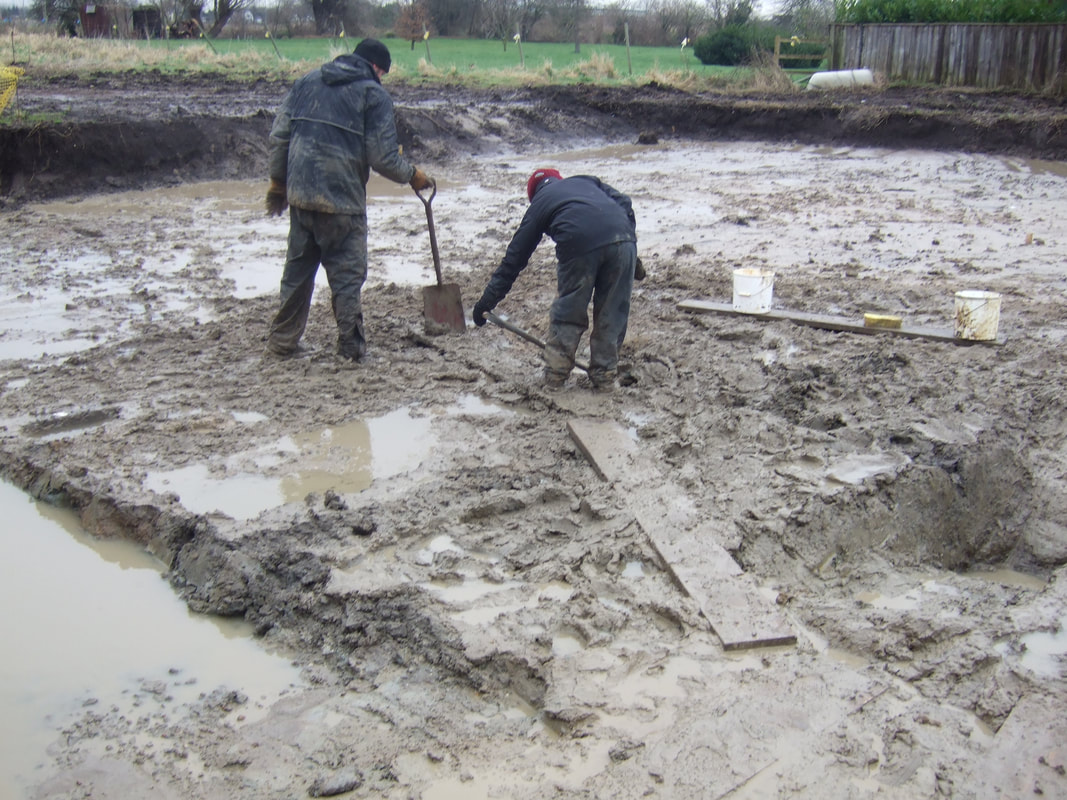
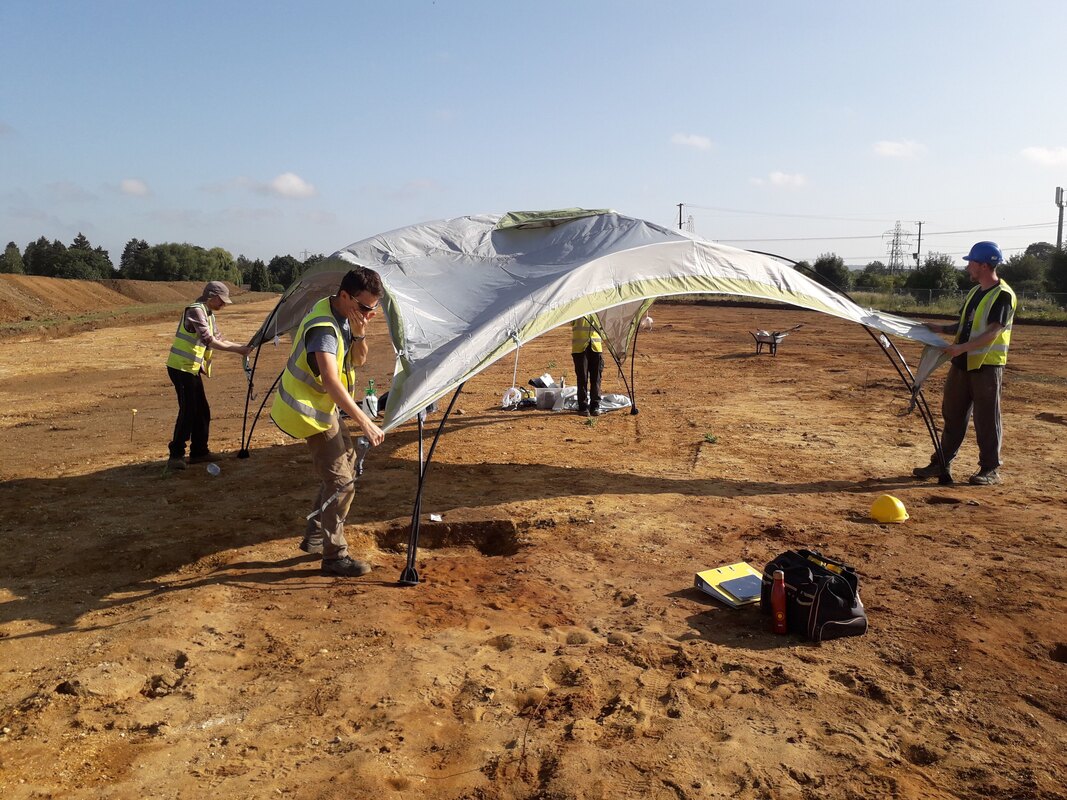
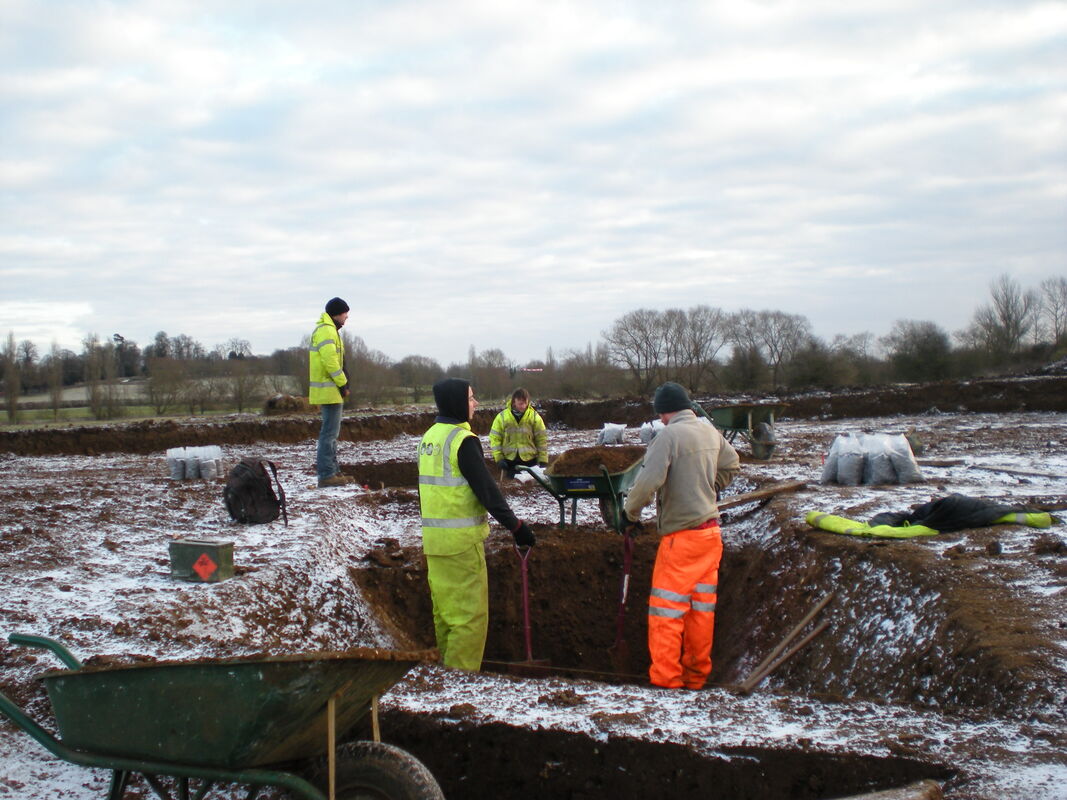

 RSS Feed
RSS Feed
